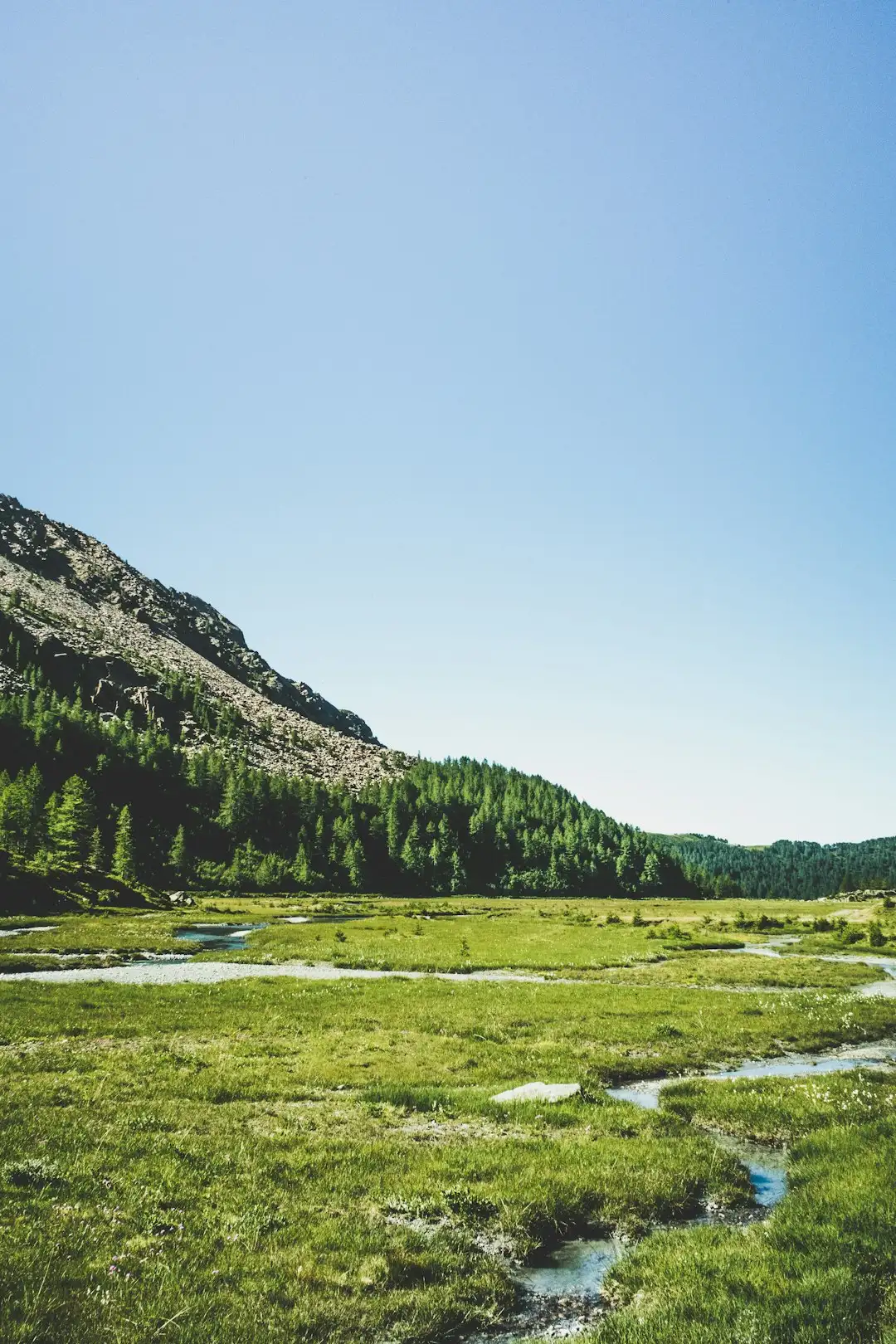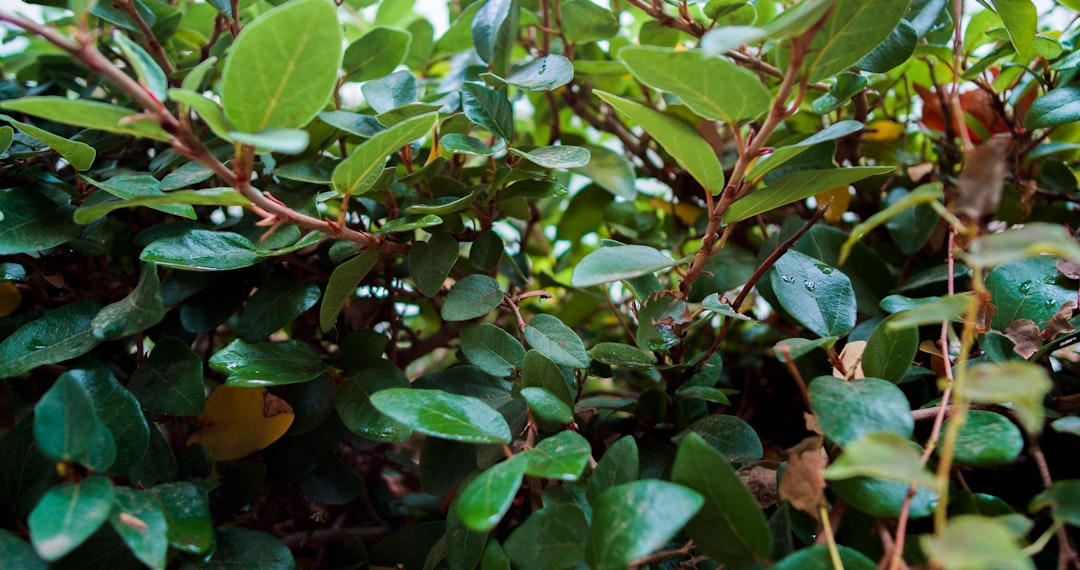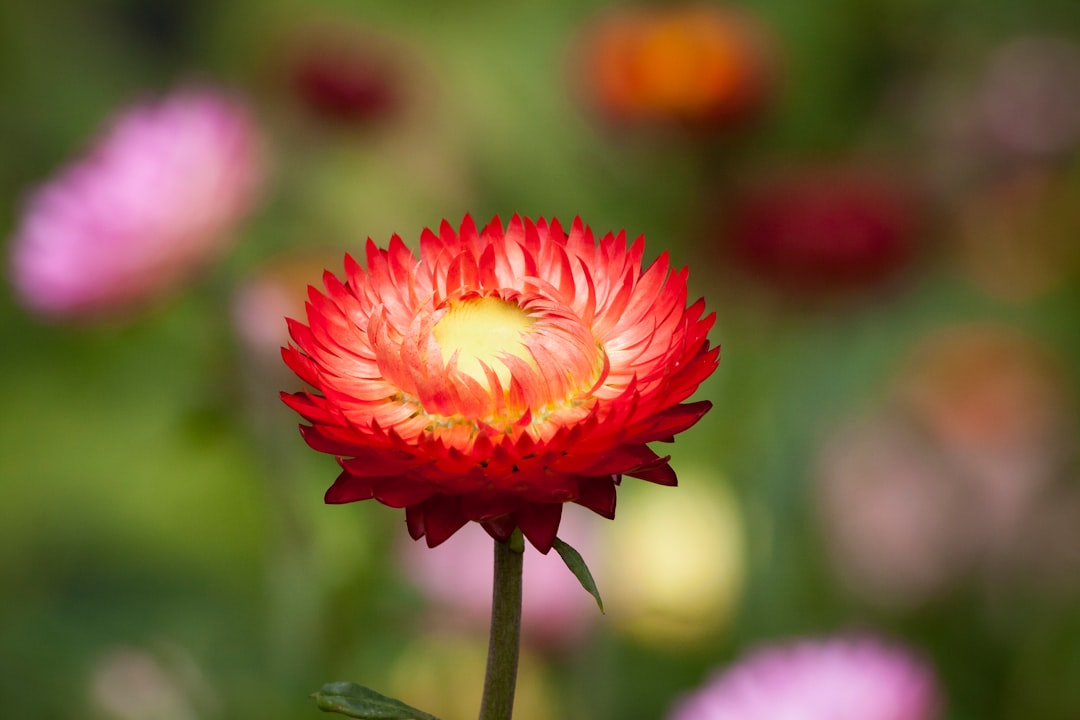Edible gardening is a rewarding endeavor, and growing broccoli is a popular choice among gardeners. However, knowing when broccoli is ready to pick and the best way to harvest it is crucial for maximizing the yield and quality of your plants. In this guide, we will explore the key factors to consider when timing your broccoli harvest and the proper techniques for a successful harvest.
### Understanding the Growth Cycle of Broccoli
Before delving into the details of harvesting, it's important to have a basic understanding of the broccoli growth cycle. Broccoli is a cool-season crop that thrives in temperatures between 60°F and 70°F (15°C and 21°C). It typically takes about 55 to 85 days from transplanting to reach maturity, depending on the variety.
The growth of broccoli can be divided into several stages:
- Germination: This is the initial stage where the seeds sprout and develop into seedlings. It usually takes about 5 to 10 days.
- Vegetative Growth: During this stage, the broccoli plants focus on developing their leaves and stems. This can last for several weeks.
- Head Formation: Once the plants have reached a certain size, they start to form the central head, which is the part we typically eat. This is a critical stage, as the size and quality of the head will depend on various factors.
- Maturity: The broccoli head is considered mature when it reaches its full size and has a tight, compact appearance. At this point, it is ready to be harvested.
### Signs that Broccoli is Ready to Harvest
Determining the right time to harvest broccoli is essential to ensure that you get the best flavor and texture. Here are some key signs to look for:
- Head Size: The central head of the broccoli should be fully developed and reach its expected size for the variety you are growing. Most varieties produce heads that are between 4 and 8 inches (10 and 20 cm) in diameter.
- Head Density: A mature broccoli head should be tight and compact, with no signs of loose or spreading florets. If the head starts to open up or the florets become loose, it may be overripe.
- Color: The color of the broccoli head can also indicate its maturity. Most varieties have a deep green color when they are ready to harvest. However, some varieties may have a purple or white hue, so it's important to know the characteristics of the specific variety you are growing.
- Floret Size: The individual florets on the broccoli head should be small and tightly packed. If the florets start to become large and separated, it may be a sign that the broccoli is past its prime.
### The Best Time of Day to Harvest Broccoli
The time of day when you harvest broccoli can also affect its quality. It is generally recommended to harvest broccoli in the morning, after the dew has dried but before the heat of the day sets in. This is because the broccoli is at its freshest and most crisp during this time. Avoid harvesting broccoli in the afternoon or evening, as the heat can cause the heads to wilt and lose their flavor.
### How to Harvest Broccoli
Once you have determined that your broccoli is ready to harvest, it's time to learn the proper technique. Here's a step-by-step guide:
- Prepare Your Tools: You will need a sharp pair of pruning shears or a knife to cut the broccoli heads. Make sure your tools are clean and sharp to ensure a clean cut.
- Cut the Central Head: Locate the central head of the broccoli and cut it off at the base, about 5 to 6 inches (12 to 15 cm) below the head. Use a sharp, downward motion to make a clean cut.
- Leave the Side Shoots: After cutting the central head, don't discard the plant. Broccoli plants often produce side shoots after the central head has been harvested. These side shoots can continue to grow and produce smaller heads, which can be harvested later.
- Store the Harvested Broccoli: Once you have harvested the broccoli, it's important to store it properly to maintain its freshness. Place the broccoli heads in a plastic bag or container and store them in the refrigerator. They should last for up to a week.
### Tips for a Successful Broccoli Harvest
Here are some additional tips to help you have a successful broccoli harvest:
- Water Regularly: Broccoli plants need consistent moisture to grow and develop properly. Make sure to water them regularly, especially during dry periods.
- Fertilize Appropriately: Broccoli is a heavy feeder and requires regular fertilization to thrive. Use a balanced fertilizer that is high in nitrogen, phosphorus, and potassium.
- Control Pests and Diseases: Broccoli is susceptible to a variety of pests and diseases, such as aphids, cabbage worms, and clubroot. Monitor your plants regularly and take appropriate measures to control any pests or diseases that you find.
- Rotate Crops: To prevent the buildup of pests and diseases in your garden, it's important to rotate your crops each year. Avoid planting broccoli in the same spot where you grew it the previous year.
In conclusion, knowing when and how to harvest broccoli is essential for getting the most out of your plants. By following the tips and techniques outlined in this guide, you can ensure a successful broccoli harvest and enjoy the delicious, nutritious produce from your garden.




















